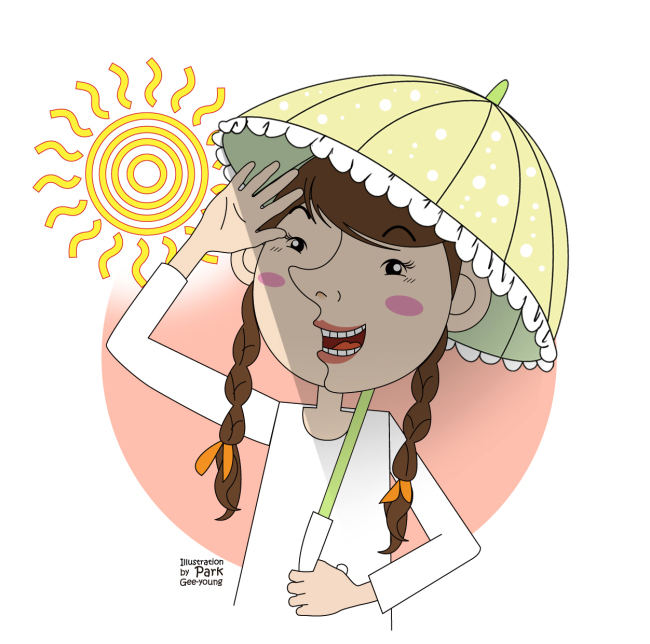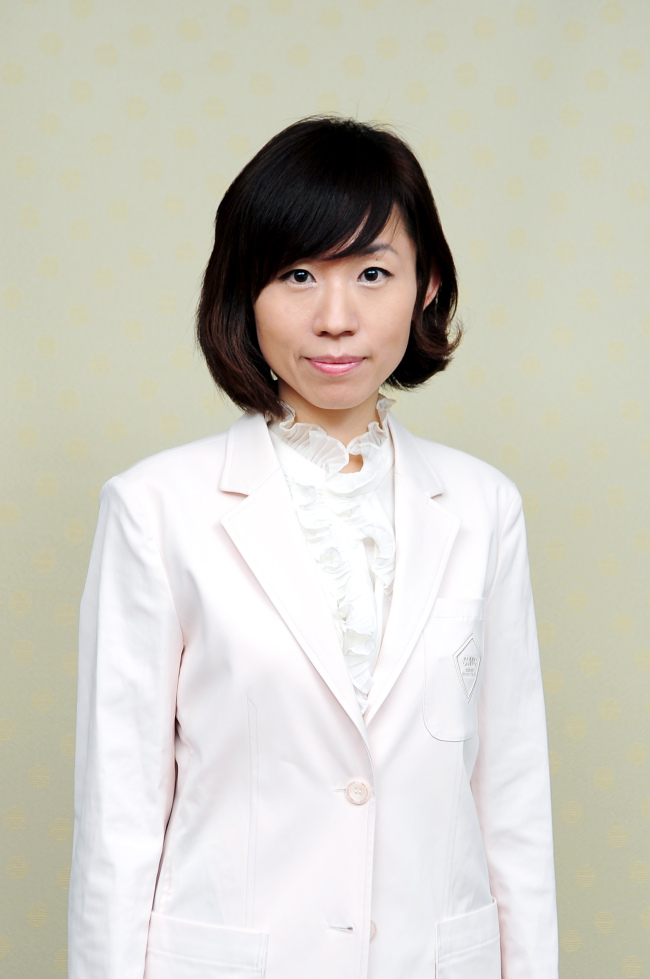With the increased interest in our looks, many people are focusing on preventing skin aging. Skin aging can be caused by external factors due to the environment, and internal ones due to the decline in our body function with age.
The most important external factor is ultraviolet light. Many people even without specialized medical knowledge know that ultraviolet light can cause pigmentation of the skin, but more importantly, ultraviolet light also produces skin wrinkles as well as skin cancer.
Sunscreen is used to block the effects of such ultraviolet light on the skin. Most of us are aware of the benefits of using sunscreens, but some of us do not know the correct way to use them.

Ultraviolet light can be categorized into UVA, UVB and UVC depending on its wavelength. UVC has a short wavelength. Most of it is absorbed in the ozone layer of the atmosphere, and cannot reach earth. On the other hand, UVA and UVB reach the surface of the earth and have several effects on our skin. Of these, UVB in particular is 1,000 times more likely to cause sunburns than UVA, and it is also more likely to cause DNA damage. Therefore, it is important to effectively block UVB to prevent sunburns and skin cancer.
However, comparing the amount of UV rays that arrive on the surface of the earth, UVA is approximately 100 times more abundant than UVB. It is also UVA which causes pigmentation of the skin, which many people dislike. Therefore, there is also a need to block UVA as well.
Sunscreens have the level of protection they provide against UVA and UVB stated on their containers. This is assessed by measuring how much sunburn from UV light can be prevented with the sunscreen on. This is indicated as a number ― the ratio of the amount of UV light needed to cause skin reddening, to the amount of UV light needed to cause skin reddening with sunscreen. The sunburn protection factor indicates how well the sunscreen can prevent sunburn in terms of the quantity of UV light exposure.
It is known that even the fairest Koreans need at least 30 minutes of sunlight to be mildly burned. If you suddenly spend 10 hours outdoors, between 8 a.m. in the morning and 6 p.m. in the evening, theoretically you must use sunscreen with an SPF factor of at least 20 to prevent sunburn. However, in reality, not many people use sufficient amounts of sunscreen, and it can also be washed away by water. Therefore, it is wise to use sunscreen with SPF factors of 30-40.
Protection from UVA is indicated as +, ++ or +++ without numbers. This is because UVA requires significantly longer periods of sun exposure to cause sunburn. UVA can also cause skin darkening, so the protection against UVA depends on how well it can prevent skin darkening. Therefore, it is recommended that you use sunscreen with SPF of at least 30, and with UVA protection PA level +++ to prevent sunburn and pigmentation of sun-exposed areas to a certain extent.
When testing the efficacy of sunscreens, as much as 2 mg/cm2 amount of sunscreen is used. We usually cannot put on so much sunscreen. It is known that most people only use about 1/2 to 1/3 of the recommended amount of sunscreen. Therefore, you should try to wear a generous amount of sunscreen, and reapply after sweating or swimming to replace what has been washed away. People under the age of 18 have already been exposed to 1/3 of the total amount of UV light that they will be exposed to during their lifetime. Considering this fact, it is very important that children wear sunscreen.
It is best to develop a habit of wearing sunscreen every day. We are exposed to most UV light during short trips, or while commuting to and from work. UV light can still penetrate to reach the skin on cloudy days and rainy days. Skin aging can be prevented by 80-90 percent by sun blocking alone. Remember, the first step to preventing skin aging is the appropriate use of sunscreen.
 |
Lee Jong-hee |
By Lee Jong-hee
The author is a doctor at the Department of Dermatology at Samsung Medical Center and a professor of Sungkyunkwan Univeristy School of Medicine. ― Ed.









![[Today’s K-pop] Blackpink’s Jennie, Lisa invited to Coachella as solo acts](http://res.heraldm.com/phpwas/restmb_idxmake.php?idx=644&simg=/content/image/2024/11/21/20241121050099_0.jpg)